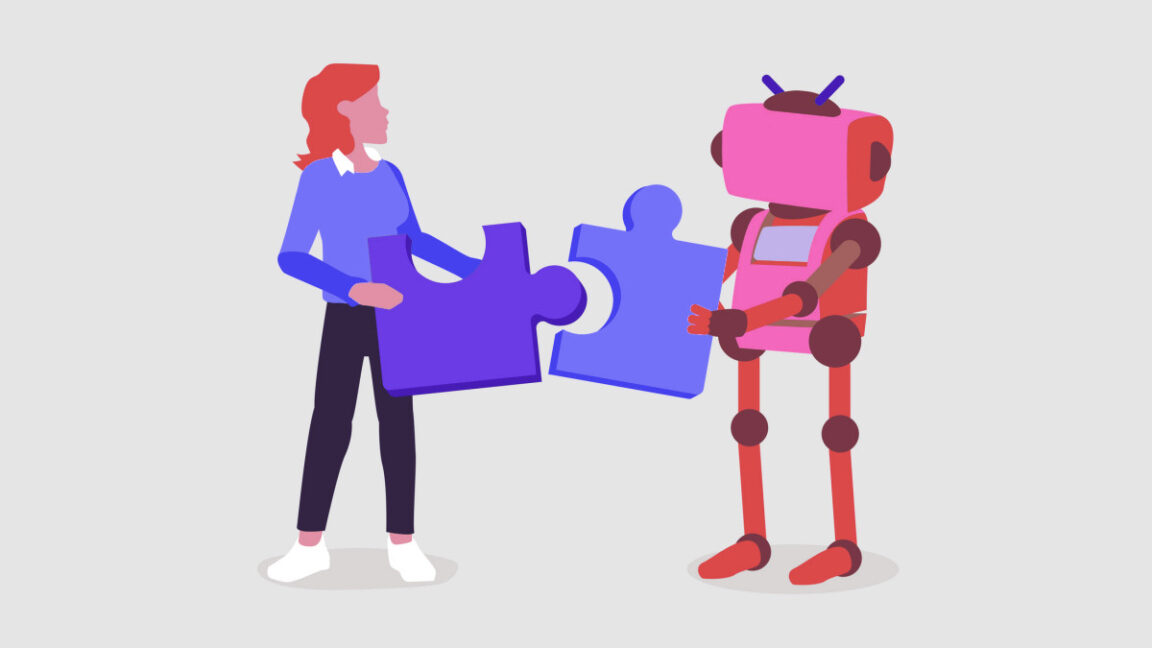OpenAI Launches GPT-5 for ChatGPT Users

OpenAI has recently launched GPT-5, heralded as its finest AI system to date. This release includes three variations: GPT-5 Pro, GPT-5 mini, and GPT-5 nano, and brings sophisticated AI capabilities previously unavailable to free-tier users on the ChatGPT platform. The rollout introduces significant advancements in coding capabilities, reduction of inaccuracies, and a fresh 'safe completions' feature for managing sensitive requests.
This launch marks a milestone where free users can access a simulated reasoning model, enhancing response accuracy for logical queries by dissecting problems into multiple steps.
GPT-5 unifies OpenAI’s AI features, serving as a single, adaptive system. It comprises an efficient model for general queries, a complex reasoning-based 'GPT-5 Thinking' model for challenging problems, and a real-time router that selects the best approach depending on the dialogue's context and complexity. Like its predecessor, GPT-4o, the model is multimodal, interacting through text, voice, and imagery.
The release, effective immediately, is reaching ChatGPT’s extensive user base, with access differentiated by subscription. Pro users enjoy unlimited GPT-5 access, whereas Plus subscribers gain higher usage limits than free users. The GPT-5 Pro replaces o3-pro for certain subscription levels.
Technical Enhancements and New Features
The move from the earlier GPT models to GPT-5 comes with numerous technical upgrades. It boasts improved contextual processing from past versions, making it notable but not revolutionary, considering intermediate models like GPT-4o and GPT-4.5.
The GPT-5 branding benefits from enhanced public recognition amid fierce industry competition. It introduces the most robust coding model yet, with high scores in SWE-bench Verified and Aider Polyglot benchmarks. The model facilitates creating software interfaces without prior coding skills.
Health-related abilities also excel, achieving high scores on OpenAI’s HealthBench Hard, reflecting its potential to assist with medical inquiries, although it doesn’t substitute medical professionals.
In other performance areas, GPT-5 exhibits lower error rates and substantial improvements in logic-intensive tasks, reducing factual mistakes compared to prior versions. Its 'thinking' model exhibits dramatic accuracy enhancements, and its answers are less prone to confabulation.
User Interface Updates
Alongside model updates, ChatGPT's interface now offers new personalization options, expanding chat color choices, integrated tools like Gmail and Google Calendar, and preset conversation types that modulate system prompts. The unified 'Advanced Voice' system heightens user interaction with improved understanding and adaptive responses.
OpenAI’s response handling now includes 'safe completions,' offering the most informative inputs while establishing limitations when necessary, as part of its upgraded censorship methodology.
For Developers
Developers gain new tools and APIs with GPT-5, available in versions offering varied latency and cost-efficiency. It offers a substantial 256,000-token context window and economical pricing structures compared to previous models.
Moreover, developers can leverage added features like verb control for response detail and 'reasoning effort control' for enhanced analysis depth.
With competitors like Google's Gemini and Meta’s Llama, OpenAI's GPT-5 rollout is strategic, directly enhancing user experience and developer functionality while maintaining its competitive edge.
As part of the transition, the GPT-5 model replaces various past models, applying simulated reasoning where it enhances response quality, with specific user-selection options for utilization of its reasoning capabilities.



